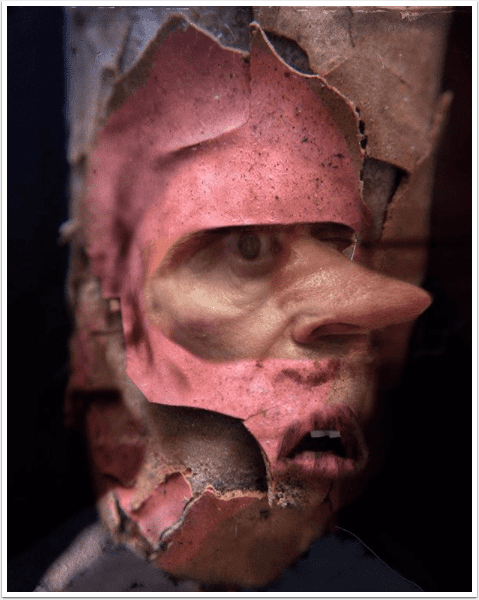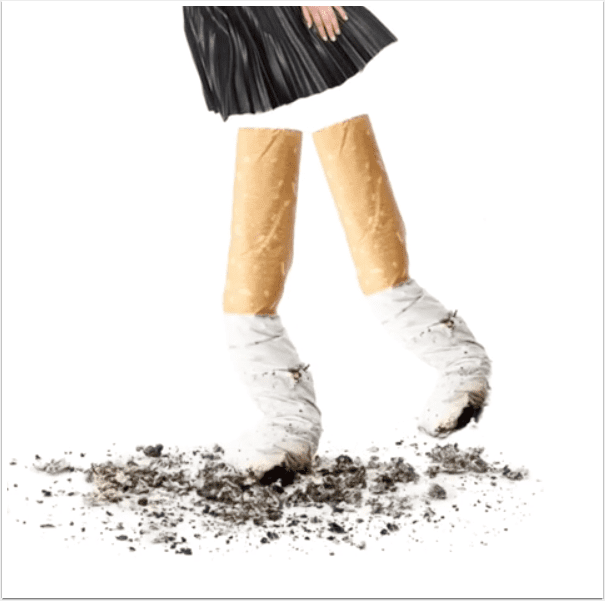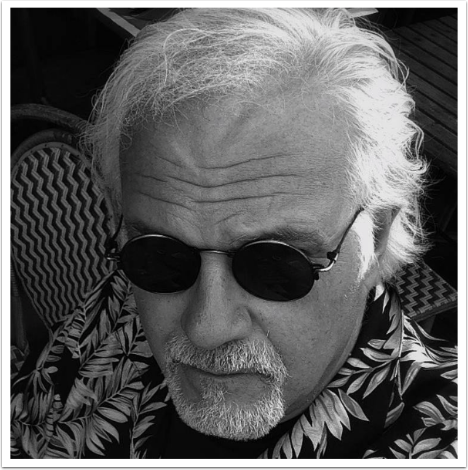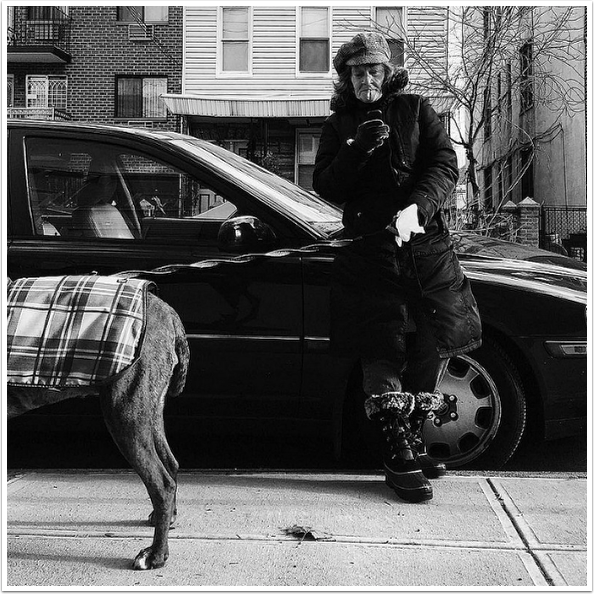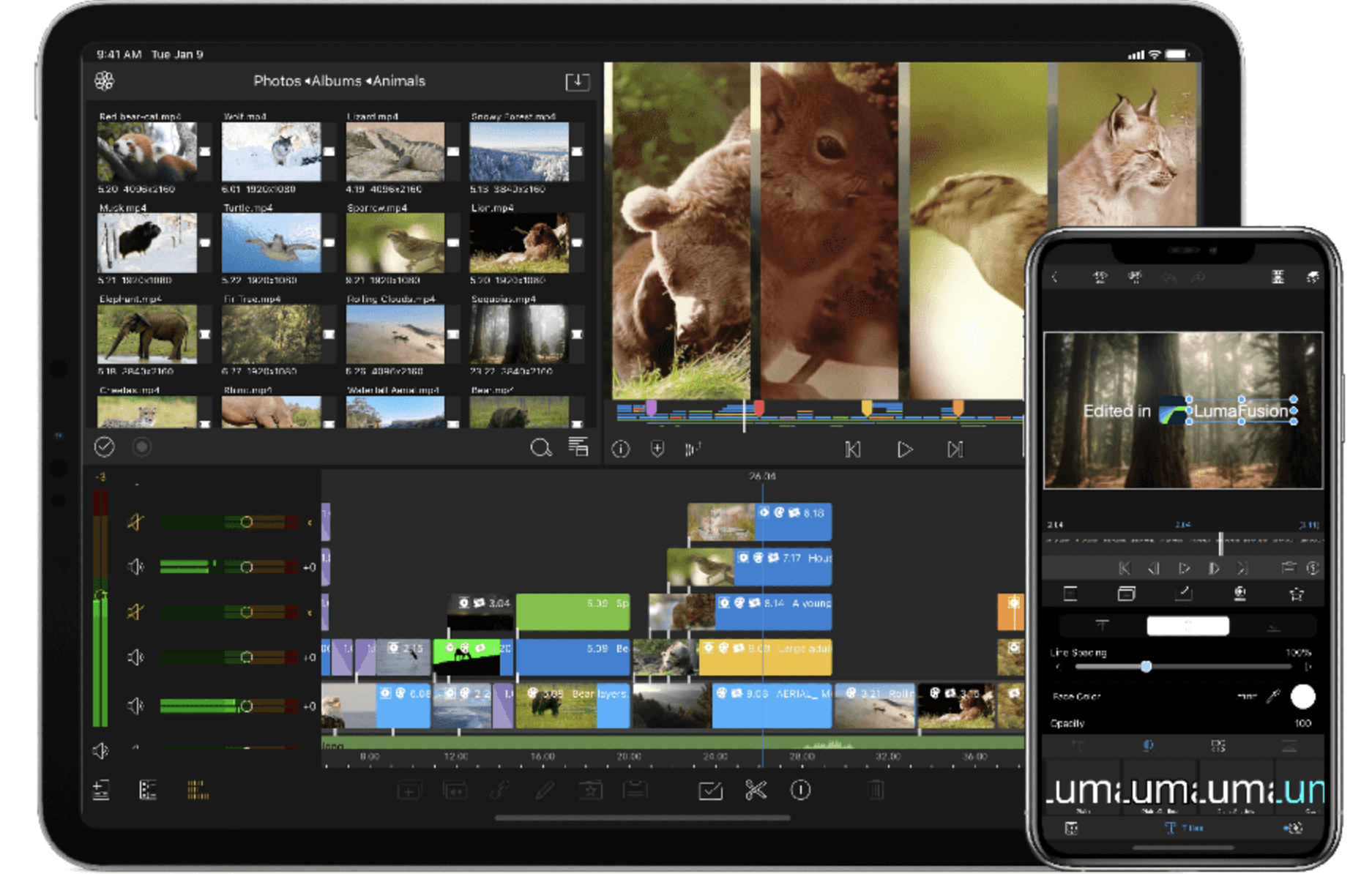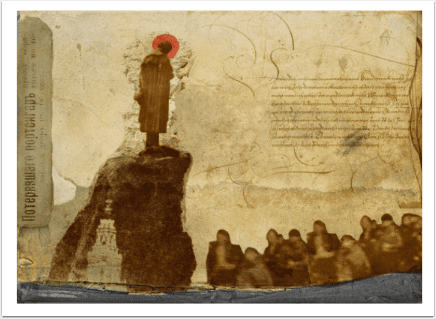
Mobile Photography & Art – Portrait of an Artist – Seeing Through The Eyes Of Bob Weil
We are delighted to bring to you the seventh of this year’s series of interviews and the nineteenth of this fascinating series, within our Portrait of an Artist column entitled “Seeing through the eyes”. This is a section that has been created by our wonderful Portrait of an Artist Editor, Ile Mont. Mont has been inspired by the life and works of Carolyn Hall Young, as so many of us have. Young was the main contributor to our Portrait of an Artist Flickr pool and filled it with portraits of so many wonderful people, not only of herself. It is for this reason that Mont wanted to create this section, to enable us to view the artists style through their own eyes. At the end of each interview, Mont will keep Young’s tradition alive, with a portrait of herself, seen through the eyes of the artist. In this case, you will see that at the end of this interview there are portraits of Mont, seen through the eyes of Bob Weil, what a gift!
Please continue to post your mobile portraiture to our dedicated Flickr group or use this hashtag on Instagram #tawportraitofanartist, this way, Mont will search through these artists first to interview. (Foreword by Joanne Carter).
All images in this interview ©Bob Weil, with the final image a collaboration ©Ile Mont/Bob Weil
(To view our other published interviews in this series, please go here).
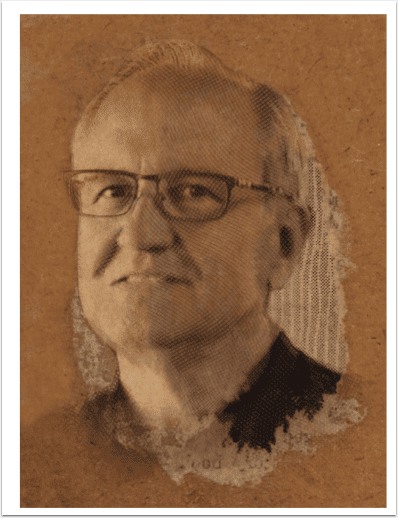
Would you like to introduce yourself?
I am an American and a Catholic, and father of three children and grandfather to four more. I live in Southern California (USA) with my wife of 39 years on a quiet street where all of my children were raised. My “day job” is in marketing – I’m responsible for all digital work we do for our clients, including: video, websites and online marketing. (The company is InterCommunications – www.intercommunications.com, for anyone who might be interested).
Here’s a website that shows examples of my work:
What does ‘being creative’ mean to you?
I am fortunate to work in a creative business, where what we offer to our clients is strategic thinking and compelling marketing materials that have to be both beautiful and functional. In developing these for our clients, I’m constantly involved in the creative process, sometimes working alone, and sometimes working collaboratively. One of our designers had a wonderful bumper sticker that read: “I draw pretty pictures for living“ which is not too far from the truth. But I also believe that anyone can be creative – and in fact, I feel that everyone is creative in some fashion. I think it is a skill that can be refined and developed through focus and practice.
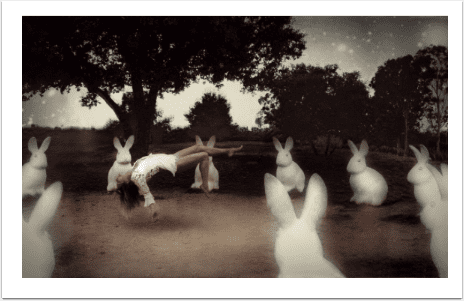
Can you describe the time when you first realised that creating was something you absolutely had to do?
When I was in grade school, I would cut up magazines and paste elements of this or that article or advertisement together into something completely new – usually an ad for something odd or amusing. I would write my own “ad copy” with headlines and calls to action. I guess I was destined to be in a creative profession. But for the first 14 years of my working life, I worked in management. Because my hobbies included graphic arts, writing and creating 3D images and animations, I landed a job doing CGI (3D computer graphics) for a Paramount sci-fi feature film starring Denzel Washington and Russell Crowe called Virtuosity. That was quite an experience, but I realised that the pressure was too intense, so I started working with a small marketing firm just as the Internet was taking off, and I decided to teach myself how to build websites (this was in 1995). I knew that from then on, I wanted to remain in a creative business, because it brought me such pleasure while earning a reasonable living.
What are you trying to communicate with your art?
There are three things I try to convey with my work – the overall goodness of humanity through portraiture, a sense of mystery (mostly channeled through my faith) in surreal set pieces, and a view of the complexities of life through collage. You can see each of these in three images shown nearby: Curiosity about the stranger at the Quinceanera, Alice Falls Down the Rabbit Hole and Regrets that Resemble Hopes and Hopes that Resemble Regrets When Youth Has Passed But Old Age Has Not Yet Arrived.
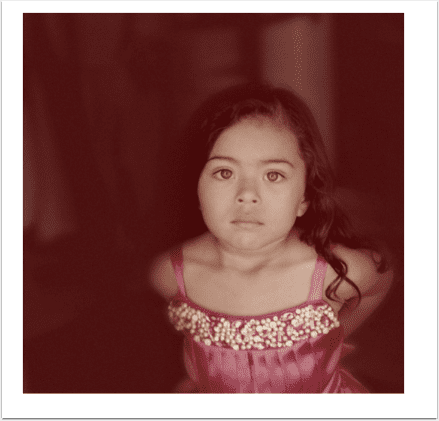
Why portraits and self portraits?
I think people are the most interesting subjects in the world for several reasons – images with people in them always engage viewers, even if they don’t go out of their way to view art. I also think that a lot can be revealed about a persons character by rendering each individual in a unique way suited to their particular nature. I have actually never pursued self-portraits, primarily because I don’t think of myself as an interesting subject.
What do you think are the ups and downs about working with your own image?
It’s hard to be objective when doing a self-portrait because to me, portraiture is as much about drawing something out of the character of the subject as it is of creating a “realistic” semblance of the person. I wouldn’t be very good at doing a series of self-portraits, because my tendency is to try to express everything about my subject in a single image.

Is there an artwork you are most proud of?
The image St Michael in the 21st Century was a watershed work for me, which I created in 2013. It was the first “serious” layered “composite” image that contained a strong, personally felt message, and was very well received by my followers on Flickr at the time – and I completed it just in time to include in the photo gallery of our book (‘The Art of iPhone Photography’ – see below). The piece consists of images shot in a half dozen different places:
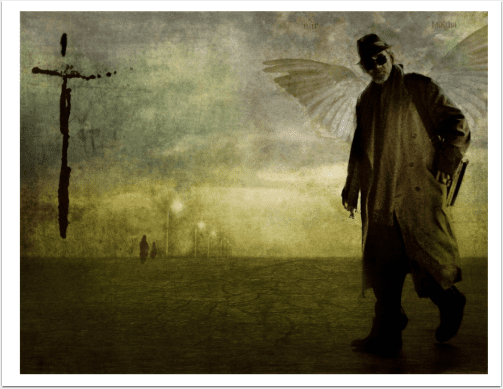
How do you know when a work is finished?
For me, a work is never finished. In fact, I tend to overdo / overcook things, which is why I always save multiple versions at various steps in the creative process. Out of 10 versions, it’s not uncommon for me to go back to something like version 7 and show that. But at both ends of the spectrum, I’ve been known to do forty different versions before I’m satisfied, sometimes setting it aside for month until I have an “Aha!” moment, or even sometimes nailing it in the very first version.
What kind of creative patterns, routines or rituals do you have?
I have a habit of going to my local Starbucks and capturing the different people that visit. Sometimes I do a series of portraits of a person or couple and present them “as is,” and sometimes I use their likenesses to populate various surreal landscapes of my own creation.
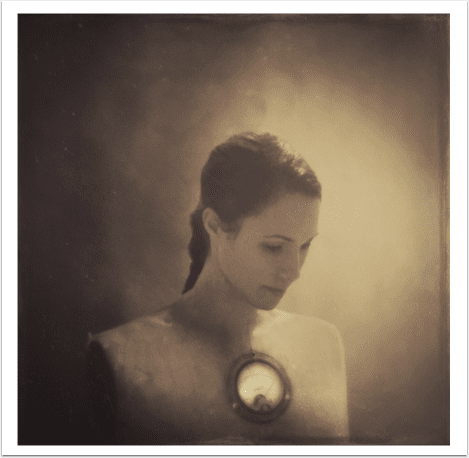
What inspires you?
The focus of my inspiration changes over time – I enjoy the challenge of attempting different types of work than I tend to be known for. I recently completed a “street photography” series (something I had never done before) from photographs taken during my recent trip the Israel and Palestine with my wife. Here’s an online copy of the book – called ‘The Doors and Windows of the Holy Land’ https://goo.gl/w6HEjj
With my series called Abscretions (No. 2 is presented here), I combined photographed objects, sometimes including their cast shadows, with textures to create something that looks like a cross between collage and layered imagery.
For a time, I wanted to convey landscapes in a very special and (hopefully) unique way, and The Flight of the Great Sea Bird is an example of such an image.
Someone once mentioned that much of my collage work seems very dark, so I set out to create at least a few pieces that had a brighter and happier feel to them, including Into the Cloud.
I am also intrigued by the comic novel and how they have evolved into films, and just for fun I tried to create a cartoon frame that told a small story about the people present in it. This is a composite of two photos taken in two different Starbucks and composited together – one of the woman and one of the man. Since the floors of Starbucks here in Southern California are very similar, I was able to make it appear that the action was taking place in the same location. This image is called I Promise Never to See Her Again.
I also went through a period where I wanted to simulate paint effects, but not by creating painterly versions of photos, but by adding brush strokes to images. Since I have no skill at painting, this was a big challenge, and ProCreate on the iPad was a great tool for creating the ‘fire tree’ in the image Song of Childhood V, part of series capturing children in surreal moments that only a child can experience.
At the moment, I love the process of trying to make an image look like it was not created electronically, but rather that it might have been created ‘practically’ – by hand using real paper, paints and found materials. I try to create that effect in many of my collages. I particularly tried to do that with three pieces including here – Bird in Frame, Lost Collage No. 1 from the Secretariat for the Strategic Control of National Thought and my Self Portrait.
What are your favorite tools and apps while creating?
That’s a great question. I’m actually in the process of creating my second online iPhoneography course that focuses on the apps I believe are most effective for creating art. My first course (which can be found here: ) took an approach similar to what we do on iPhoneographyCentral.com, which is to encourage people to tell us the apps used and the creative backstory behind the work they contribute to our Flickr group each week. It’s also the approach Nicki Fitz-Gerald and I used in our book called ‘The Art of Iphoneography: How to Create Art on your iPhone’, which was published a few years back by Rocky Nook books.
Here are just a few of my favorite apps –
- Superimpose (a layering, texturing and masking app)
- Stackables (a filter and texture app)
- aremaC (a filter and texture app that has some very unique settings and allows users to share their filters with others)
- Snapseed (a general photo editing and adjustment app – arguably one of the best there is.)
- ProCreate (a painting app that allows you to use the pressure-sensitive capabilities of the Apple Pencil and iPad Pro)
I probably use about 20 apps on and off – these are my go-tos after seven years of searching and experimentation.
Some other topics I will cover in the course include:
- How to find a willing subject (a friend or model) for your photography
- How to select and compile your photography to self-publish, and some of the best programs out there to allow you to do so.
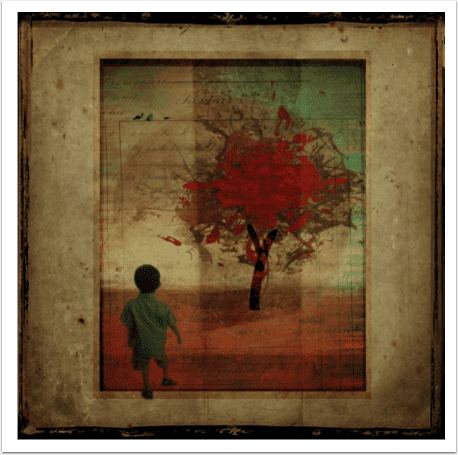
What’s the best advice you ever had about how to be more creative?
Experiment – continuously, and always take one more picture or do one more version – that’s almost always the best.
What advice would you share with us?
If you simply take pleasure the creative process, just keep doing what you enjoy. But if your goal is to continuously improve your work and show only your best images, be your own toughest critic. In film, this involves leaving unnecessary scenes on the ‘cutting room floor’ during the editing process. With photography, it would be – don’t share anything that isn’t your best work. In that way, those who are attracted to your style will be convince that you are a talented artist – as much (if not more) by what you hold back as what you decide to show to the world.
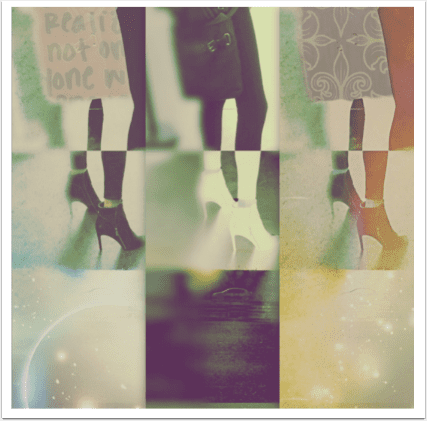
At some point after completing the book with Nicki, I realised I had more to say that might help others. I created an online iPhone art course in 2014 that now has about 1,800 students in 50 countries. In it, I use about two dozen apps to creative a variety of work in different styles. Here’s the course website:
Thank you very much for your insight and time!
I have been seen through the experienced eyes of Bob Weil!
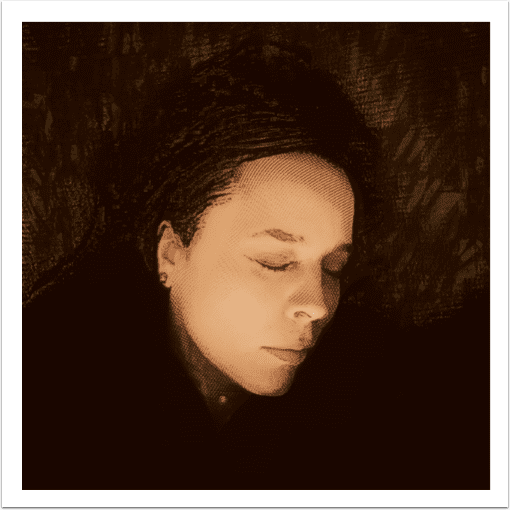
Hello again…please donate
We have a small favour to ask. More people than ever are reading TheAppWhisperer.com and we could not be more excited about that. We specialise in mobile photography and mobile art and we value all of our readers, writers, contributors and viewers but we do have costs and we do need to ask for your help. We at TheAppWhisperer spend many hours each day, each week and each month to bring you this high quality level of journalism. We do it because we are passionate about it and because we want others to be as passionate too.
If everyone who reads our website, who likes it, helps to support it, our future would be so much more secure. Please help us by offering a contribution or supporting us with a monthly donation of your choosing.
[seamless-donations]
